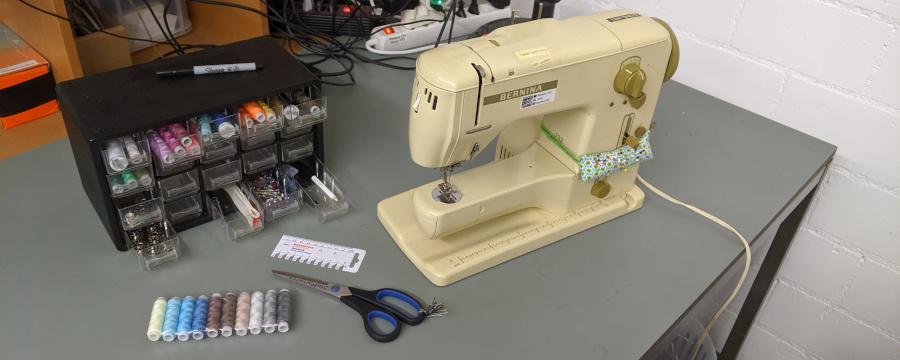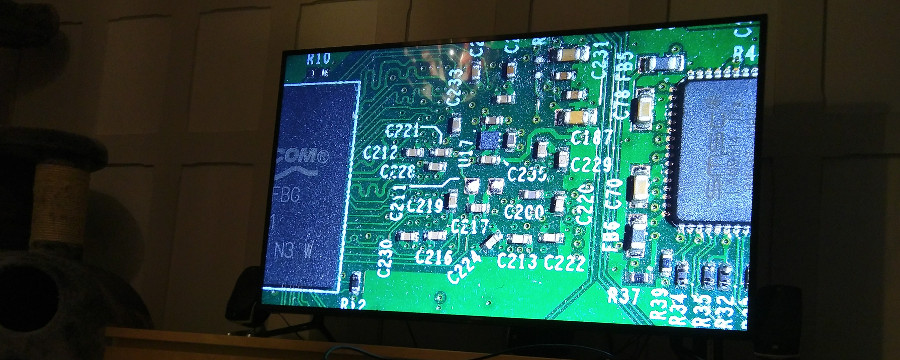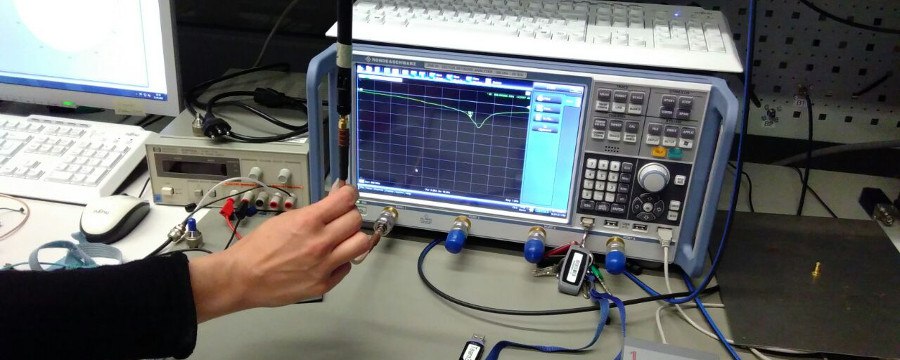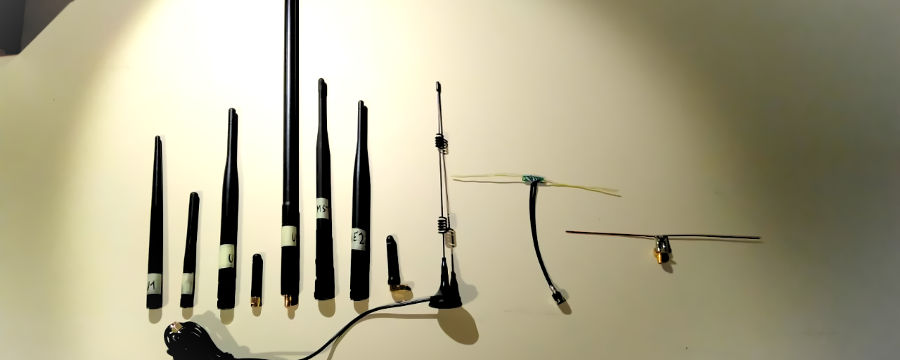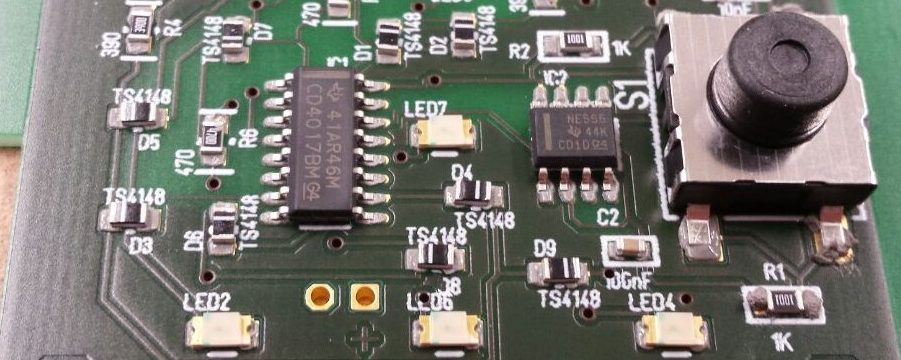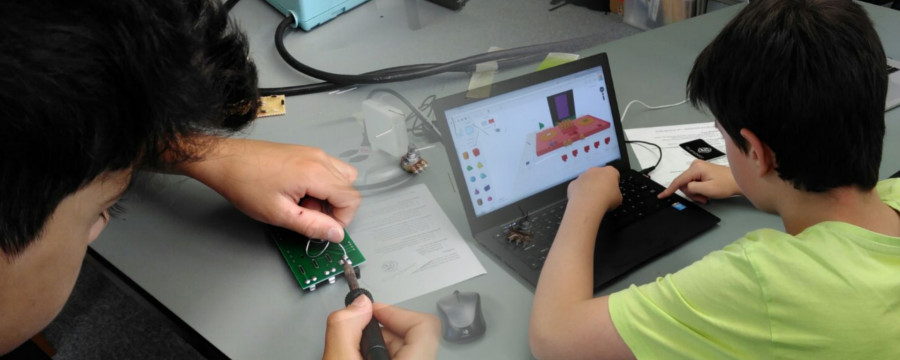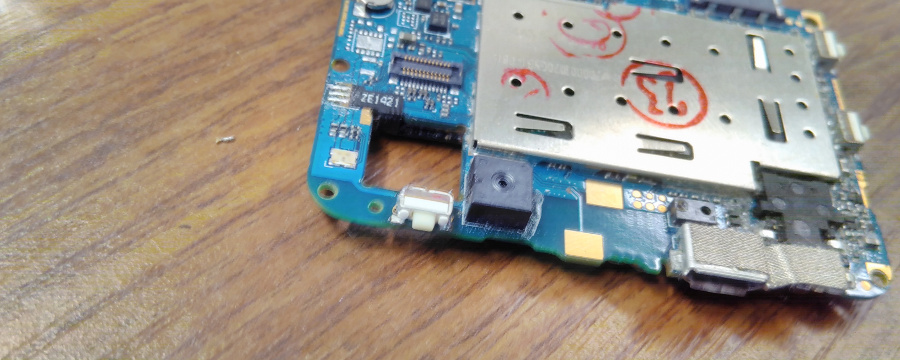After ~4600 printing hours and almost 3.5 km of filament, our trusty old Ultimaker 2+ 3D printer suddenly turned off while heating up for a print. After some initial debugging … Read More
Hardware
Neue Näh-Ecke
Seit einiger Zeit haben wir eine Bernina 732-Nähmaschine im Angebot für NOCH mehr Kreativität in unserem Verein 😉 Damit kannst du z.B. deine alten Kleider flicken, oder auch Neues nähen. … Read More
Neu im Hackerspace: Digital-Mikroskop
Da unsere Mitglieder immer wieder mal SMD-Lötarbeiten durchführen (z.B. für unsere LoRaWAN-Backplane) und man dafür öfter Bauteile, PCBs oder Lötstellen optisch inspizieren muss, haben wir uns intern ein Mikroskop gecrowdfunded. … Read More
Our TTN Gateway in Rapperswil is Live!
As you could read in our last two blogposts, we are currently experimenting with LoRaWAN, specifically with The Things Network. The LoRaWAN infrastructure is not built and provided by a single … Read More
LoRaWAN 868MHz Antenna Test (Part 2/2)
In our previous blogpost, we talked about ways to measure and compare antennas. If you haven’t read it yet, you should probably do so, unless you already know what antenna … Read More
LoRaWAN 868MHz Antenna Test (Part 1/2)
Over the last year, I started playing around with LoRaWAN, a long-range low-power wireless data transfer protocol. We internally crowdfunded a LoRaWAN gateway at Coredump and joined the Things Network. … Read More
Erste Versuche mit Reflow-Ofen
Welcher Hobby-Elektroniker kennt es nicht: Man hat ein cooles PCB mit vielen SMD Bauteilen designt, welches nun bestückt werden soll. Doch ein Bestückungsservice ist teuer, und von Hand löten ist … Read More
Ferienpass 2016
Wie bereits in den Jahren 2014 und 2015 haben wir auch dieses Jahr im Coredump zwei Ferienpass-Kurse durchgeführt: Einen Lötkurs und einen 3D-Druck-Kurs. Hier ein kurzer Rückblick dazu.
Fairphone 1 Power-Button-Reparatur
Das Fairphone 1 eines unserer Mitglieder war kurz davor, das Zeitliche zu segnen: Der Power-Button versagte den Dienst und funktionierte nicht mehr richtig. Heutiger Konsumgeist würde ja diktieren, das inzwischen 2-jährige … Read More
Der C64 Nackt
Falls du dich schonmal gefragt hast wie ein C64 von innen aussieht, können wir Abhilfe schaffen: Wir haben nämlich ein paar Fotos davon gemacht.

